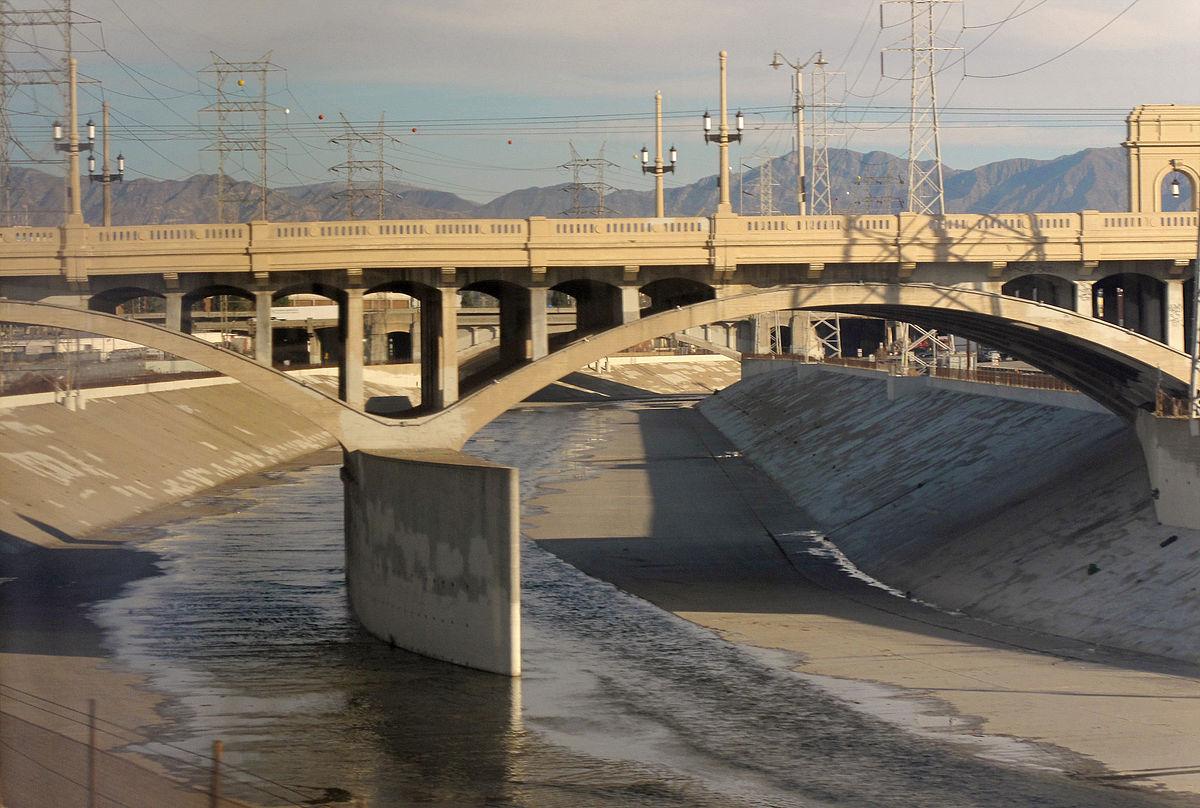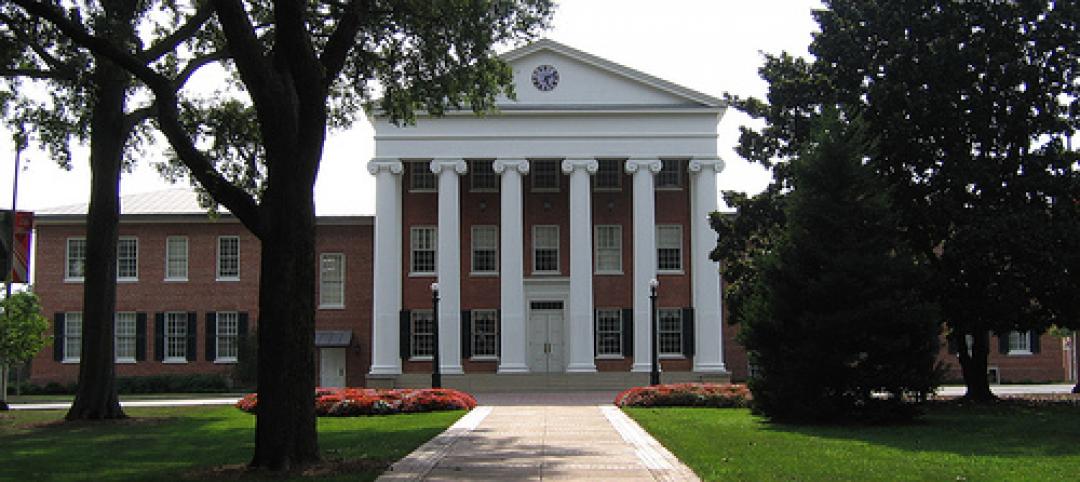For the past year, famed architect Frank Gehry has been assembling a team of architects and designers for the purpose of figuring out how to turn the system that currently prevents stormwater runoff from flooding the 52-mile-long Los Angeles River into a system that captures and even treats that stormwater for reuse.
The challenge would be allowing public access to the river, at a time when the entire state of California is struggling with drought conditions, without jeopardizing a flood-prevention system that’s been in place since before World War II. And if this plan were to take shape, what impact would it have on local neighborhoods near the river?
The federal government has earmarked $1.3 billion in funding to transform this river system into an urban waterway.
The Los Angeles Times reports that Gehry’s office, working pro bono so far, has already produced a 3D point-cloud hydrology model for 70% of the river. Now Gehry and his client, the nonprofit L.A. River Revitalization Corp., which formed in 2009 to coordinate river policy, must convince politicians, river advocates, and potential investors that this plan is workable.
The 86-year-old Gehry, who lives in L.A., reportedly agreed to take on this assignment only if it were primarily a water-reclamation project and not a redevelopment scheme that “brands” the river. And one of the main components of his plan would be to allow the public to use the river or its banks when the risk of flooding is low, which is most of the time.
Gehry’s involvement has certainly led to skepticism about the wisdom of handing this project over to someone with no water-management expertise. Gizmodo’s Urbanist Editor, Alissa Walker, worries that Gehry’s past architectural work “doesn’t show many gestures to the natural environment”. She also points out that in Los Angeles, public opinion about Gehry is polarized.
However, the involvement of a famous and well-connected architect could appeal to Mayor Eric Garcetti, who has a reputation for being overly cautious when it comes to pulling the trigger on costly infrastructure improvements. (Garcetti’s office confirmed that Gehry was working on a master plan for the river after the Times broke this story.)
The Times suggests that Garcetti could position this river plan as an anchor of a major policy and civic-design initiative, and as a chance to tackle several major issues including public health (thanks to new riverside parks and walking and biking paths), climate change and even affordable housing (if public land can be used along the river for new construction).
However, Garcetti isn’t the only one who needs convincing, as one-third of this river is outside of L.A.’s city limits (the flood prevention system runs through Long Beach to the ocean), and there are several cities and jurisdictions that would have to sign off on any proposal.
Two younger architects at Gehry Partners, Tensho Takemorio and Anand Devarajan, have been leading this effort. The team also includes Richard Roark of the Philadelphia-based landscaping architectural firm Olin, a Dutch water management expert named Henk Ovink, and consultants from the engineering firm Geosyntec.
The team developed the 3D model with Trimble, a technology firm that acquired Gehry Technologies last year.
Gehry is quoted as saying that his plan would complement earlier plans, including The Los Angeles River Revitalization Master Plan, developed by an ad hoc committee, which would also allow public access but focuses on establishing environmentally sensitive urban design and land use guidelines. And there’s also Alternative 20, a federal plan that calls for a dramatic redesign of an 11-mile stretch of the river near downtown. However, Gehry does not think it would be necessary to remove the concrete funnel that diverts floodwaters seaward.
Related Stories
| Dec 27, 2011
Ground broken for adaptive reuse project
Located on the Garden State Parkway, the master-planned project initially includes the conversion of a 114-year-old, 365,000-square-foot, six-story warehouse building into 361 loft-style apartments, and the creation of a three-level parking facility.
| Dec 27, 2011
Suffolk Construction celebrates raising of Boston Tea Party Ships & Museum cupola
Topping off ceremony held on 238th Anniversary of Boston Tea Party.
| Dec 21, 2011
Hoboken Terminal restoration complete
Restoration of ferry slips, expanded service to benefit commuters.
| Dec 20, 2011
Aragon Construction leading build-out of foursquare office
The modern, minimalist build-out will have elements of the foursquare “badges” in different aspects of the space, using glass, steel, and vibrantly painted gypsum board.
| Dec 19, 2011
HGA renovates Rowing Center at Cornell University
Renovation provides state-of-the-art waterfront facility.
| Dec 19, 2011
Summit Design+Build selected as GC for Chicago recon project
The 130,000 square foot building is being completely renovated.
| Dec 12, 2011
Skanska to expand and renovate hospital in Georgia for $103 Million
The expansion includes a four-story, 17,500 square meters clinical services building and a five-story, 15,700 square meters, medical office building. Skanska will also renovate the main hospital.














